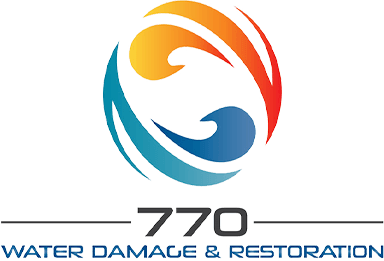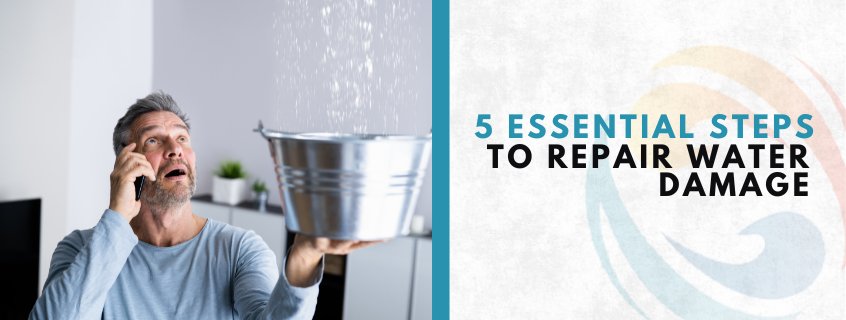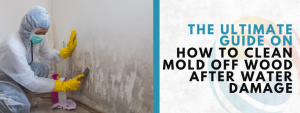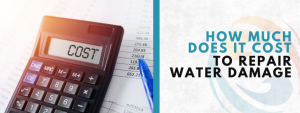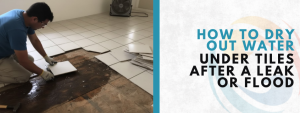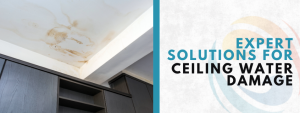Coming home to find water pouring from a burst pipe, a soaked ceiling, or a flooded basement is every Agoura Hills homeowner’s worst nightmare. It’s sudden, stressful, and can cause serious damage if not handled quickly. But take a deep breath—you’re not alone, and there’s a clear path forward. Whether it’s a hidden leak or a major plumbing disaster, knowing what steps to take right away can make all the difference. In this guide, we’ll walk you through the steps to repair water damage, including immediate actions and when to call in the pros to protect your home.
Step 1: Assess the Damage and Take Immediate Action
The first thing to do in the steps to repair water damage is assess the situation. How much water is present? What’s the source? Is it clean water (from a broken pipe), gray water (from appliances like a washing machine), or black water (contaminated with sewage)? This distinction is crucial because it determines the safety precautions and cleanup methods required. Proper assessment helps you respond appropriately and prevent further damage or health risks.
- Safety First: If the water is from a questionable source, or if you suspect electrical damage, turn off the power to the affected area immediately. Never enter standing water unless you’re absolutely sure it’s safe. Wear protective gear, including rubber boots and gloves.
- Identify the Source: As one of the first steps to repair water damage, find the source and stop it—turn off the main valve or unplug leaking appliances.
- Document the Damage: Take photos and videos of the affected areas. This documentation is crucial for insurance claims. Note the extent, any damaged belongings, and the overall condition of your property. This detailed record will help your insurance adjusters understand the severity.
Step 2: Water Removal: A Critical First Step in Repair
Once you’ve secured the area and stopped the water source, the next crucial step in the steps to repair water damage is water removal—especially important for homes in Agoura Hills, where lingering moisture can quickly lead to mold and structural issues. The longer water sits, the higher the risk of costly, long-term damage. For small spills, towels, sponges, or a wet-dry vacuum might be enough. However, in most cases, professional help is essential. Trained technicians in Agoura Hills use powerful water extraction equipment to remove moisture quickly and thoroughly, helping to prevent further damage and keep your home safe, dry, and structurally sound.
- DIY Removal (Small Spills): Blot (don’t wipe) up the water to avoid spreading it. Remove wet furniture and rugs to prevent further water absorption. Open windows and doors to increase airflow and ventilation.
- Professional Water Removal: Professional restoration services play a vital role in the steps to repair water damage. They use specialized equipment like pumps and air movers to quickly dry affected areas and prevent secondary damage, such as mold growth. These experts also know how to safely manage the water source and assess risks to your home’s structure. Skipping this step can result in costly repairs later, including major structural damage and serious health hazards.
Step 3: Drying and Dehumidification – Essential for Water Mitigation
After removing the water, the next step in the steps to repair water damage is to thoroughly dry the affected areas. This is essential to prevent mold growth, which poses serious health risks. Excess moisture creates the perfect environment for mold spores to thrive, leading to unpleasant odors and potential respiratory issues. Addressing this step properly is crucial to ensure a safe, healthy, and fully restored living space.
- Air Movers: These circulate air to speed up the drying process. Professional restoration companies use industrial-strength air movers that can significantly reduce drying time.
- Dehumidifiers: These remove moisture from the air, accelerating the drying process and preventing mold growth. They’re crucial, especially in damp environments.
- Ventilation: Open windows and doors to allow for natural air circulation. This helps to dissipate moisture and reduce humidity.
Step 4: Mold Remediation and Prevention – Addressing Damage’s Lingering Threat
Mold is a significant concern. It can grow quickly in damp environments and cause serious health problems. If you suspect mold growth, it’s vital to address it immediately as part of the essential steps to repair water damage.
- Professional Mold Remediation: For extensive mold growth, professional mold remediation is a crucial part of the steps to repair water damage. Experts use specialized equipment and follow strict safety protocols to safely remove mold and prevent its return. Their process ensures complete removal, protects indoor air quality, and helps avoid long-term structural and health issues—making it a vital step in any thorough restoration plan.
- Prevention: After water damage in your Agoura Hills home, prevent mold by ensuring proper ventilation, fixing leaks promptly, and maintaining low indoor humidity. Use dehumidifiers or air conditioning to keep moisture levels in check. These simple steps help protect your home from long-term damage and keep your living space healthy and safe.
Step 5: Repairs and Restoration – Restoring Your Home
Once water damage has been remediated, the final step is repairs and restoration. This often involves replacing damaged materials like drywall, flooring, and insulation, as well as restoring or replacing affected furniture and personal belongings. For thorough and professional results, trust experts in Water Damage Restoration Agoura Hills to return your home to its original condition quickly and safely.
- Structural Repairs: As part of the steps to repair water damage, this phase may involve fixing damaged walls, floors, ceilings, and other structural elements. A qualified contractor can assess the extent of the damage and perform the necessary repairs to restore your property’s structural integrity. Proper reconstruction is essential to ensure your home is safe, secure, and fully restored after water exposure.
- Cosmetic Repairs: This involves repairing or replacing damaged finishes, such as paint, wallpaper, and flooring. This will help to restore the aesthetic appearance of your home.
- Content Cleaning and Restoration: Depending on the extent, you may need to clean or replace water-damaged furniture, clothing, and other belongings. This often requires professional cleaning and restoration services.
Remember, dealing with water damage in Agoura Hills effectively requires a multi-faceted approach. Following the correct steps to repair water damage is crucial—ignoring even one step can lead to more severe and costly issues later on. For significant damage, it’s always best to contact professionals. With the right expertise, equipment, and experience, they’ll ensure your Agoura Hills property is restored safely and efficiently.
Top Questions Homeowners Ask
What’s the first step after water damage?
Put safety first. Stop the water source, call a professional, and document the damage with photos.
How do I prevent mold?
Control moisture, improve ventilation, and keep up with regular maintenance to prevent mold growth.
When do I need professionals?
If there’s significant water damage, standing water, or contamination, hire professionals for safe, thorough restoration.
What about my belongings?
Remove wet items quickly. Restoration experts can clean and recover many damaged belongings.
How long will repairs take?
It depends on the extent of damage. A professional team will provide an estimated timeline after inspection.
